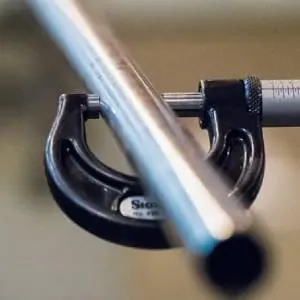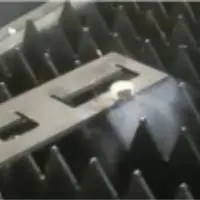
Understanding the Importance and Applications of 20mm Thick Steel Plate in Modern Construction and Manufacturing Industries
****
In the realm of construction and manufacturing, material selection plays a pivotal role in the durability, strength, and cost-effectiveness of any project. Among various materials, steel has emerged as a cornerstone due to its versatility, durability, and structural integrity. One particular specification, the 20mm thick steel plate, has garnered attention for its wide range of applications across various industries. This article delves into the significance of 20mm thick steel plates, its properties, applications, and the benefits it offers.
Properties of 20mm Thick Steel Plate
20mm thick steel plates are typically made from either carbon, stainless, or alloy steel, with each type offering distinct properties suited for various applications. The thickness of 20mm contributes significantly to the structural stability of the plates, allowing them to withstand high levels of stress and load-bearing conditions. Here are some key properties of these steel plates:
**1. Strength and Durability:**
Steel, by its very nature, is a strong material. A thickness of 20mm further enhances its ability to bear loads without deforming. This makes it ideal for applications in construction where integrity is crucial.
**2. Versatility in Fabrication:**
20mm thick steel plates can be easily fabricated using processes such as cutting, welding, and machining. This versatility allows for customization to meet specific project requirements.
**3. Corrosion Resistance:**
Depending on the type, particularly with stainless steel plates, 20mm thick steel can resist corrosion and oxidation, leading to a longer lifespan even in challenging environments.
**4. Cost-Effectiveness:**
While the initial cost of steel can be higher than other materials, its durability and longevity often provide significant cost savings over time, especially in large-scale constructions.

Understanding the Importance and Applications of 20mm Thick Steel Plate in Modern Construction and Manufacturing Industries
Applications of 20mm Thick Steel Plate
The applications of 20mm thick steel plates span multiple sectors, demonstrating their importance in both structural and industrial contexts. Here are some notable applications:
**1. Construction Industry:**
In the construction sector, 20mm thick steel plates are frequently used for constructing beams, columns, and bases that require robust support. These plates form the backbone of many structures, ensuring they meet safety standards and can withstand varying stresses.
**2. Heavy Machinery Fabrication:**
Manufacturers of heavy machinery often utilize 20mm thick steel plates in the construction of equipment such as excavators, bulldozers, and cranes. The thickness provides adequate strength to withstand the rigorous demands these machines face in the field.
**3. Shipbuilding:**
The maritime industry relies heavily on thick steel plates for constructing the hulls of ships and submarines. A 20mm thick steel plate offers the resilience and protection necessary to endure harsh marine environments.
**4. Automotive Industry:**
In automotive manufacturing, 20mm steel plates are used to create structural components that require high levels of strength and impact resistance, such as frames and chassis.
**5. Manufacturing of Pressure Vessels:**
Pressure vessels that store liquids and gases require thick steel to withstand high pressures. A 20mm thick steel plate is often used in these applications to ensure safety and durability.
Benefits of Using 20mm Thick Steel Plates
The adoption of 20mm thick steel plates offers several benefits that contribute to the efficiency and reliability of various projects:
**1. Enhanced Safety:**
By using robust materials such as 20mm thick steel plates, companies can ensure the safety and integrity of their structures and equipment.
**2. Longevity and Lower Maintenance Costs:**
The durability of steel plates translates into lower maintenance costs and longer service life, significantly benefiting industries that rely on heavy usage of equipment and structures.
**3. Customizability:**
With capabilities for easy fabrication and modification, 20mm steel plates can be tailored to fit specific project needs, enhancing productivity in manufacturing and construction processes.
**4. Sustainability:**
Steel is a fully recyclable material, and its use in construction promotes sustainability. Reusing and recycling steel contributes to minimizing waste and reducing environmental impact.
Conclusion

Understanding the Importance and Applications of 20mm Thick Steel Plate in Modern Construction and Manufacturing Industries
The 20mm thick steel plate stands as a vital material in contemporary construction and manufacturing sectors, offering unmatched strength, versatility, and durability. As industries continue to evolve, the reliance on such robust materials will only grow, reinforcing the critical role of 20mm thick steel plates in building a safer and more efficient future. Whether in construction, heavy machinery, shipbuilding, or automotive manufacturing, their significance cannot be overstated, and the benefits they provide contribute to better designs and lasting structures. Laser Cuttng Machine For Metal




